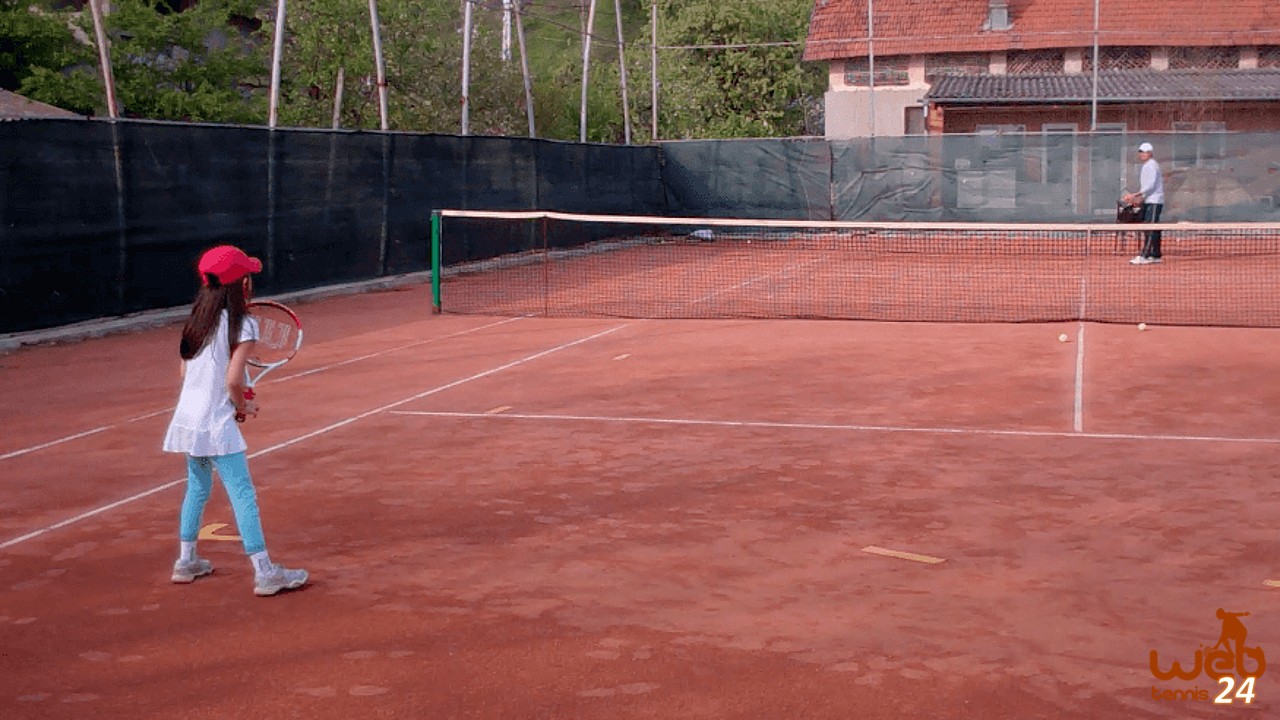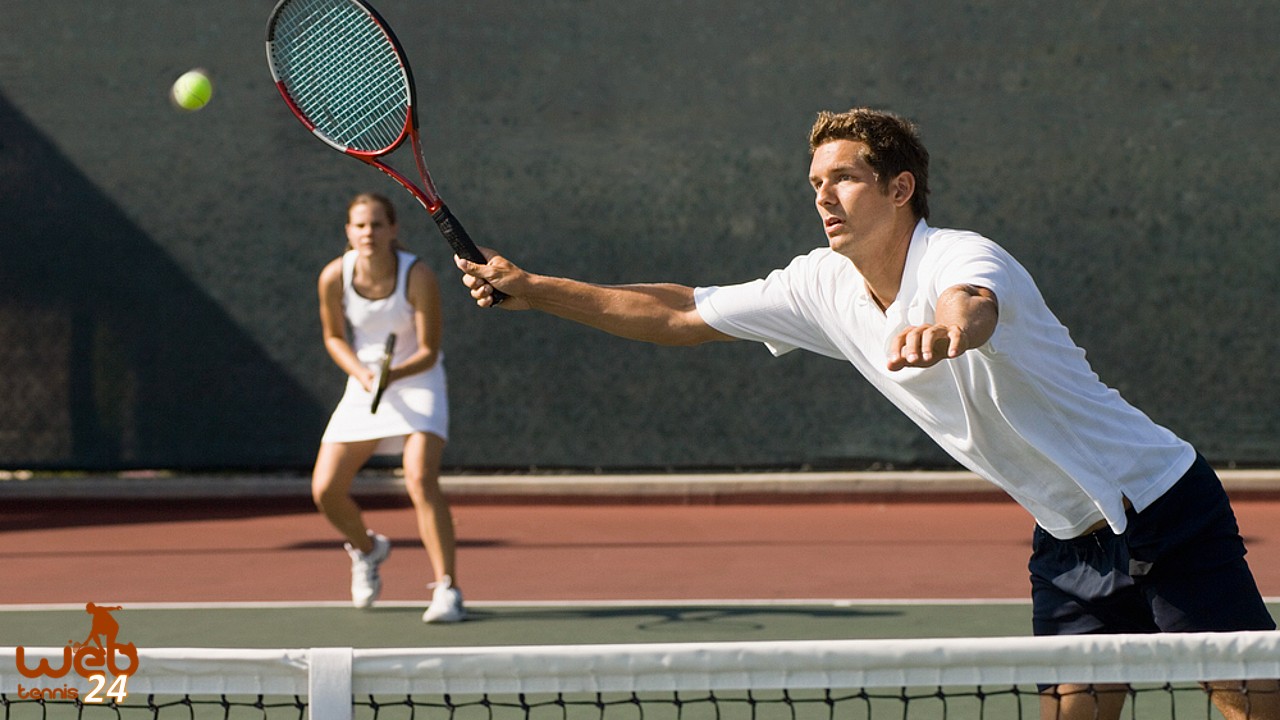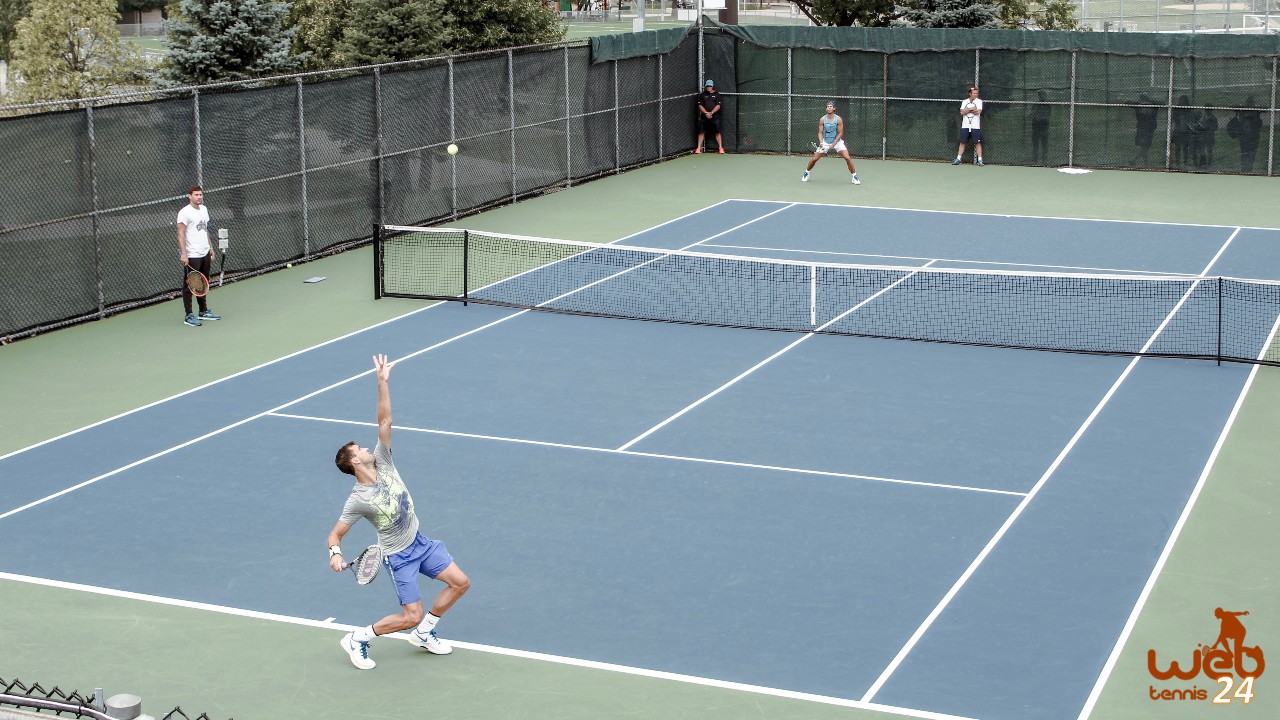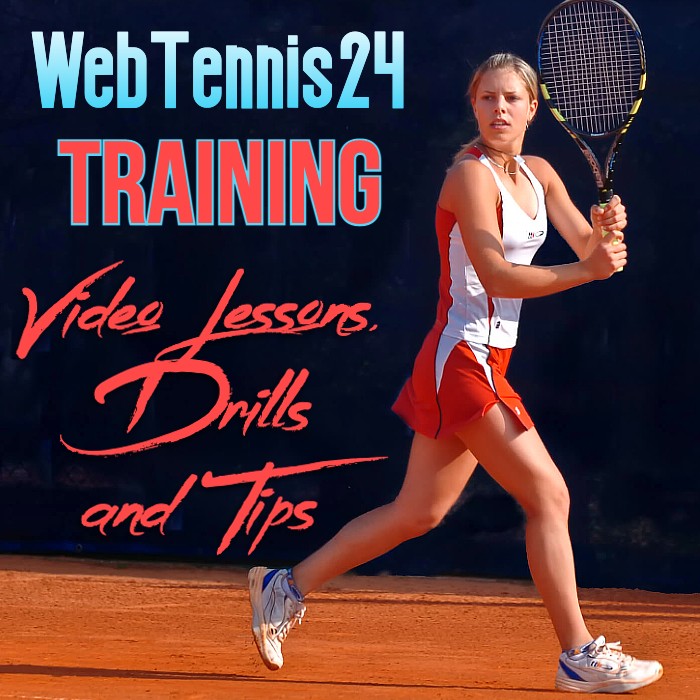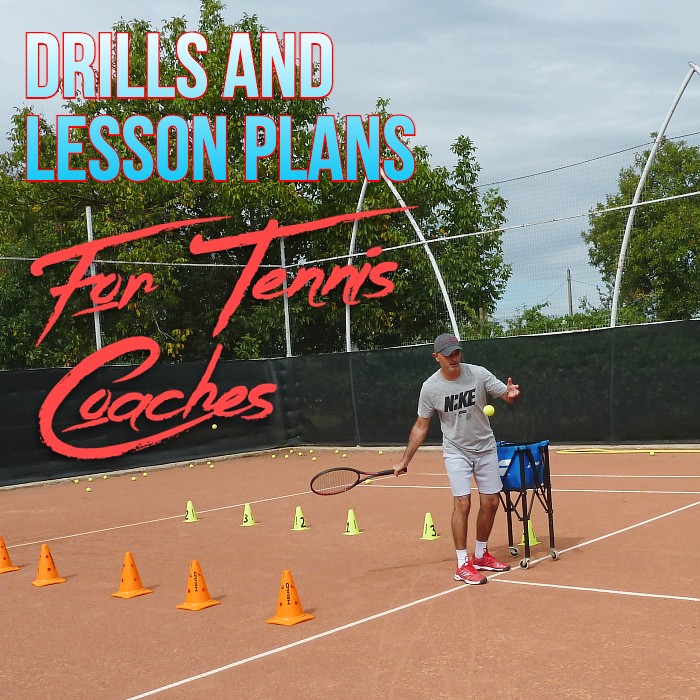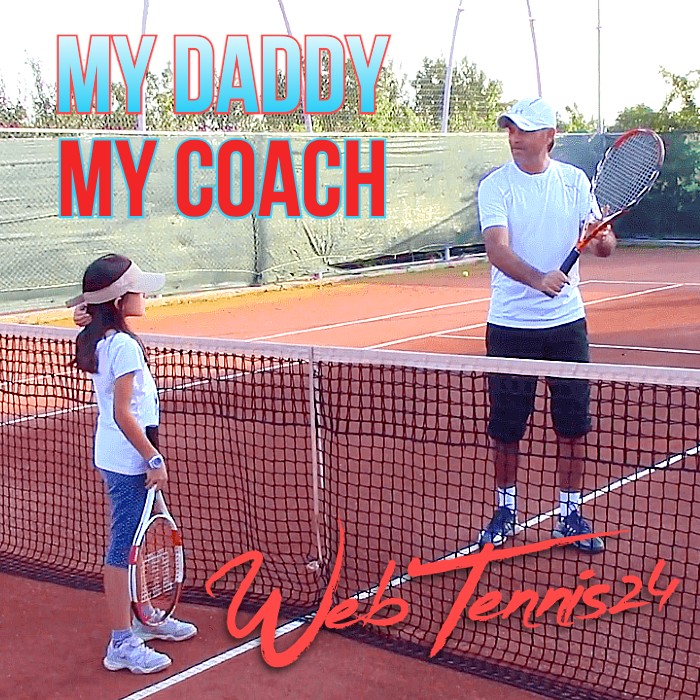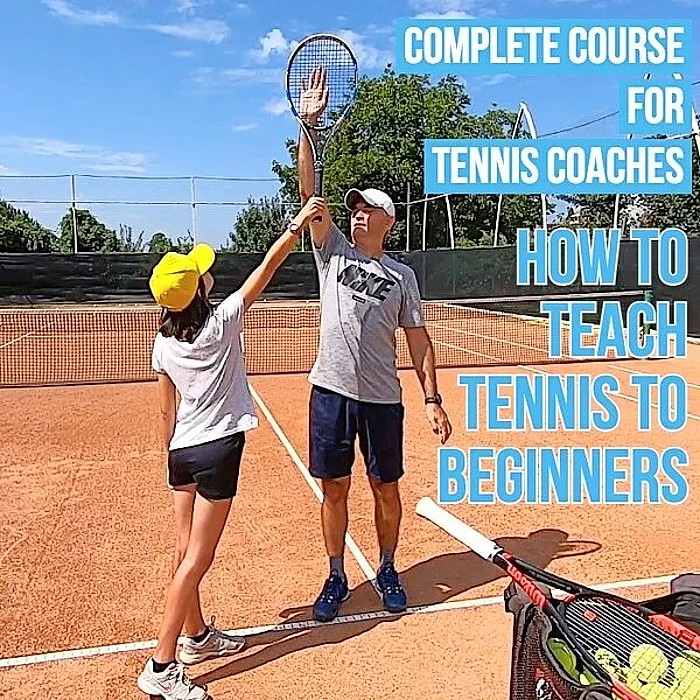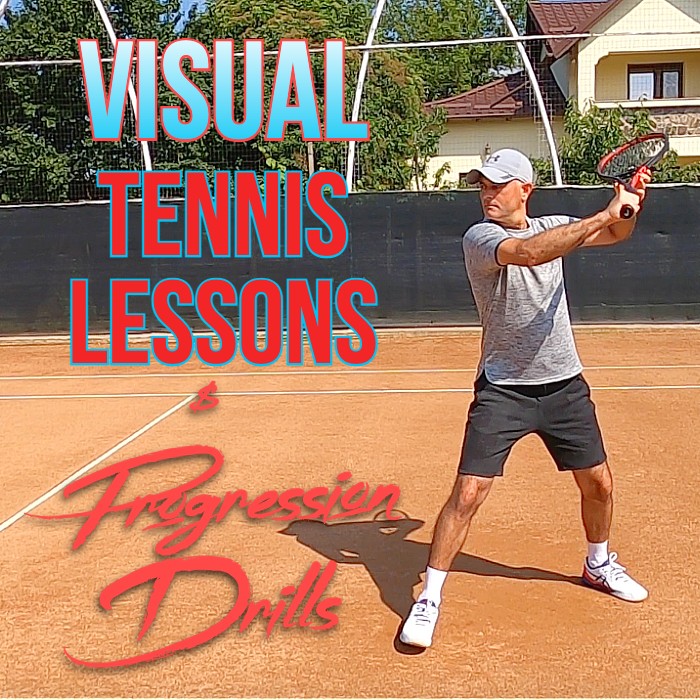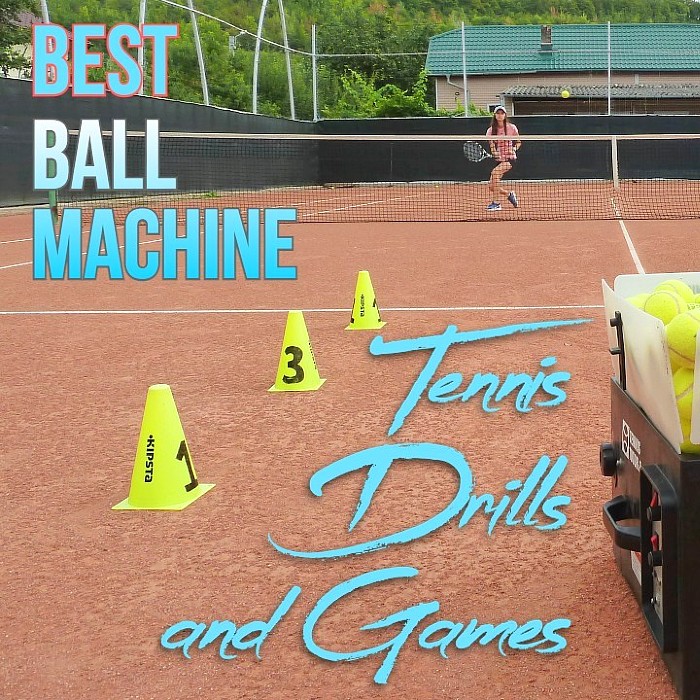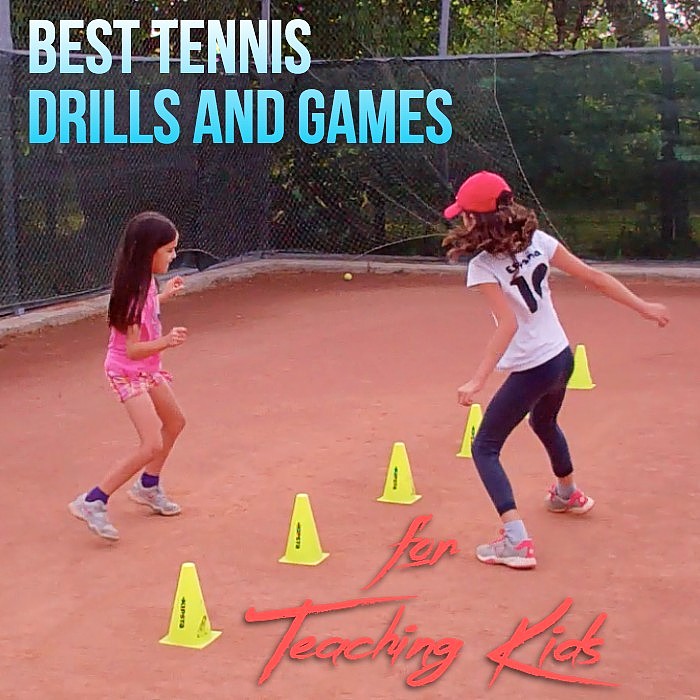Personal Story: How to Play Against Higher Ranked Tennis Player
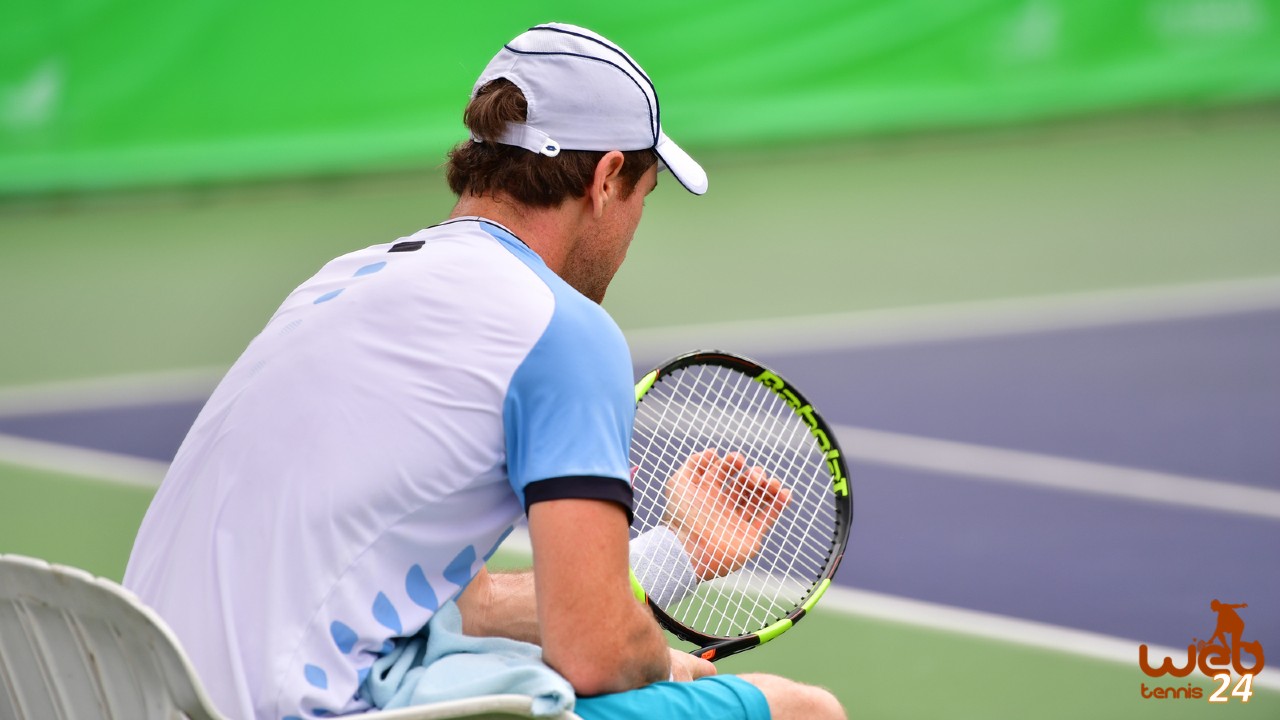
Does competing against higher-ranked players make you feel worried and nervous before the match?
Here’s a story from when I was in my late 20s, competing in a local tournament:
Before a match, as I was entering the tennis club, the lady at the front desk, who knew me, told me that it should not take me more than 40 minutes to beat my next opponent.
Her statement put so much pressure on me that all I could think of was how embarrassed I would be if I were to face her after ‘losing’ that match.
I eventually won, but even now, after 20 years, I remember the involuntary pressure that the ‘lovely’ lady put on me and how much it affected my performance on court.
Therefore, when playing a higher-ranked player…
- Keep in mind that even your higher-ranked opponent may feel nervous against you, especially if they have a reputation to defend. After all, they are the expected winner, not you.
- Resist the temptation to play at a level that is above you. This means going for shots that you do not yet control. This would be the quickest way for you to head to the locker room defeated. Instead, stick with the play you feel comfortable with.
- If you still feel intimidated by your higher-ranked opponent, try to avoid eye contact as much as possible during the match. Keep your focus on your strings between points, and walk confidently.
- Ultimately, keep in mind that you have nothing to lose against players with a better reputation.
Enjoy the chance to compete and learn from such opponents.
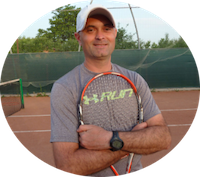
Cosmin Miholca
Certified Tennis Coach
Check out my work at WebTennis24 where I share with you my best video tennis lessons, drills and tips for players, coaches and tennis parents.

